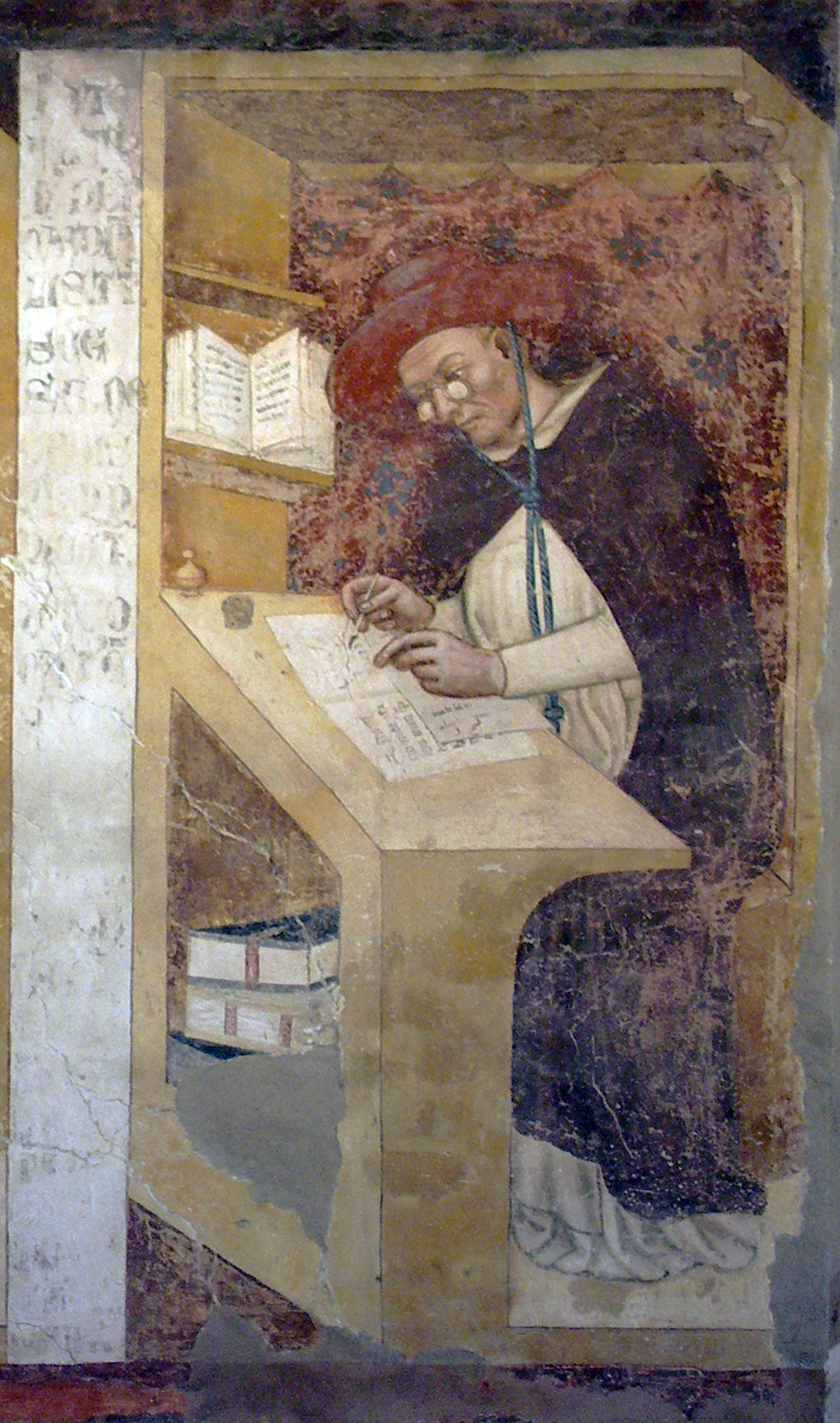Im neuen Data Act sollen gleich drei weitere Gesetze aufgehen: die Open-Data-Richtlinie, die Verordnung über den freien Fluss nicht-personenbezogener Daten und der Data Governance Act.
The DA will absorb ODD, DGA and free flow non-personal data Interesting, as ODD is a Directive now. ODD is based on national access regimes, so might be tricky as Reg, unless the focus is on HVD mostly.
 Image from:
Image from: 